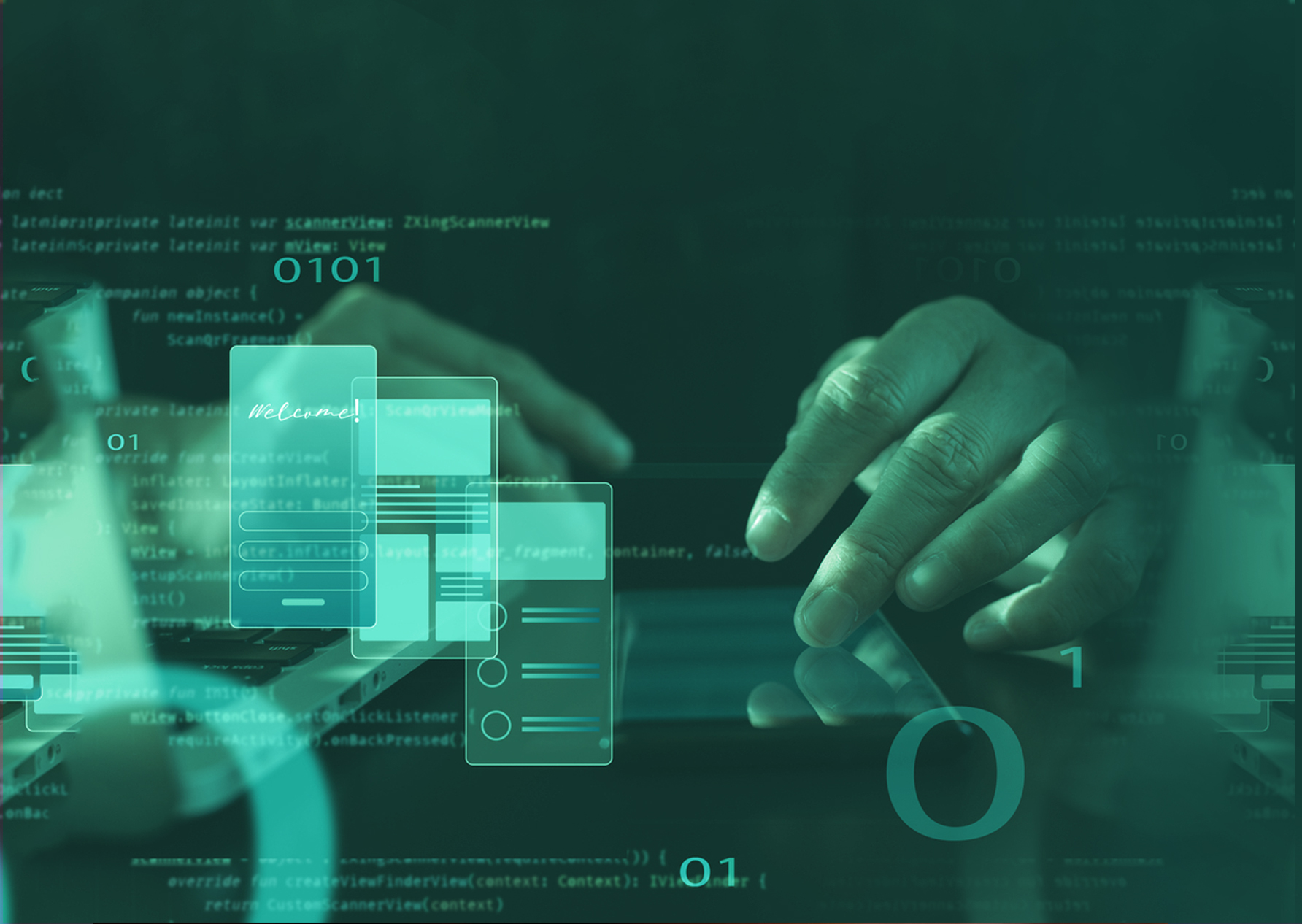

Decoding Our Workflow
Developed in accordance with requirements. This helps us establish the system's architecture and technology setup.
The next stage, following the requirement analysis phase, is to develop and document software requirements.
Developers initiate system construction by writing code using the selected programming language, techniques, and methodologies.
The process of evaluating the quality of software with the goal of detecting and fixing any defects that may be found.
The final program is made available, and any deployment issues that may have arisen are investigated.
Service level agreements ensure that the system continues to meet the requirements of the initial phase.



A visually gorgeous and user-friendly online store that raised sales by forty percent through the integration of secure payment processing, attractive product presentations, and seamless navigation.

An improvement in user engagement and a 30% rise in the number of users who are actively using a fitness software that includes tailored training routines, the ability to track progress, and social elements.

A redesigned travel application that features an updated and user-friendly user interface, an improved booking process, and streamlined navigation, resulting in a 25 percent reduction in the number of users that abandon the application.

A platform for the supply chain that was built on blockchain technology and enabled end-to-end transparency and traceability while also reducing the number of counterfeit products, which led to increased confidence and efficiency.

A comprehensive CRM system with lead management, sales tracking, and customer support features, resulting in a 20% increase in sales conversion and improved customer satisfaction.

An immersive educational software that features augmented reality and virtual reality experiences, as well as interactive learning content, with the goal of improving student engagement by 35%.

An interface for social media that is centered on the user, with easy content discovery, individualized feeds, and increased privacy options, which leads to a fifty percent increase in the number of daily active users.

A safe and decentralized identity management system that enhanced data privacy, decreased instances of identity fraud, and expedite the delivery of government services.